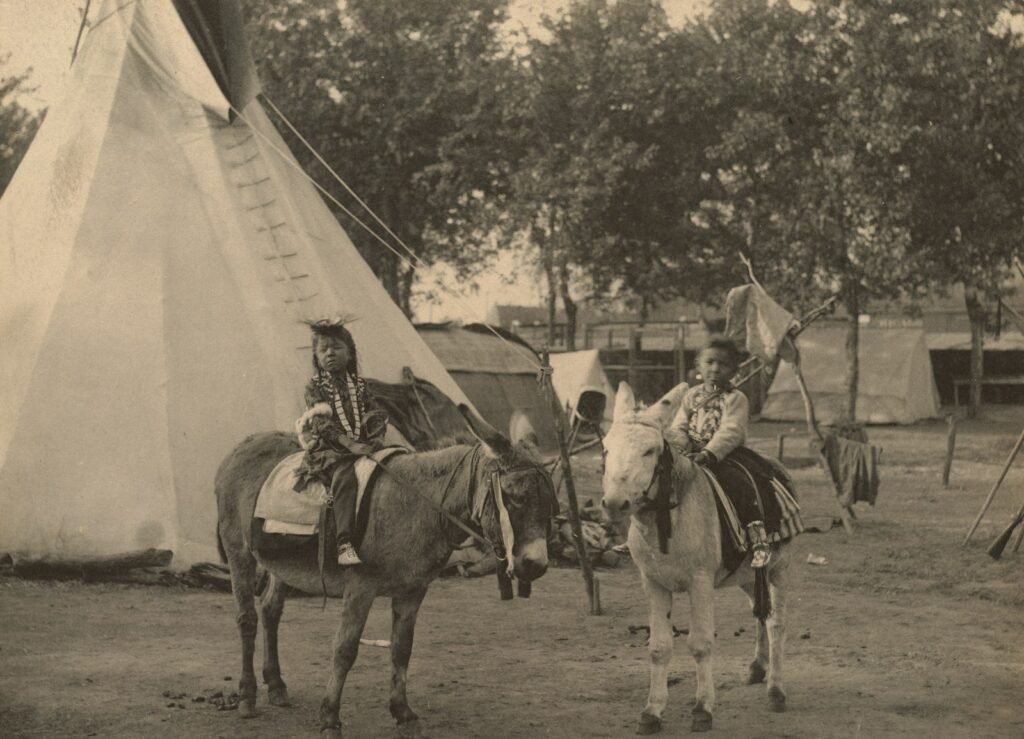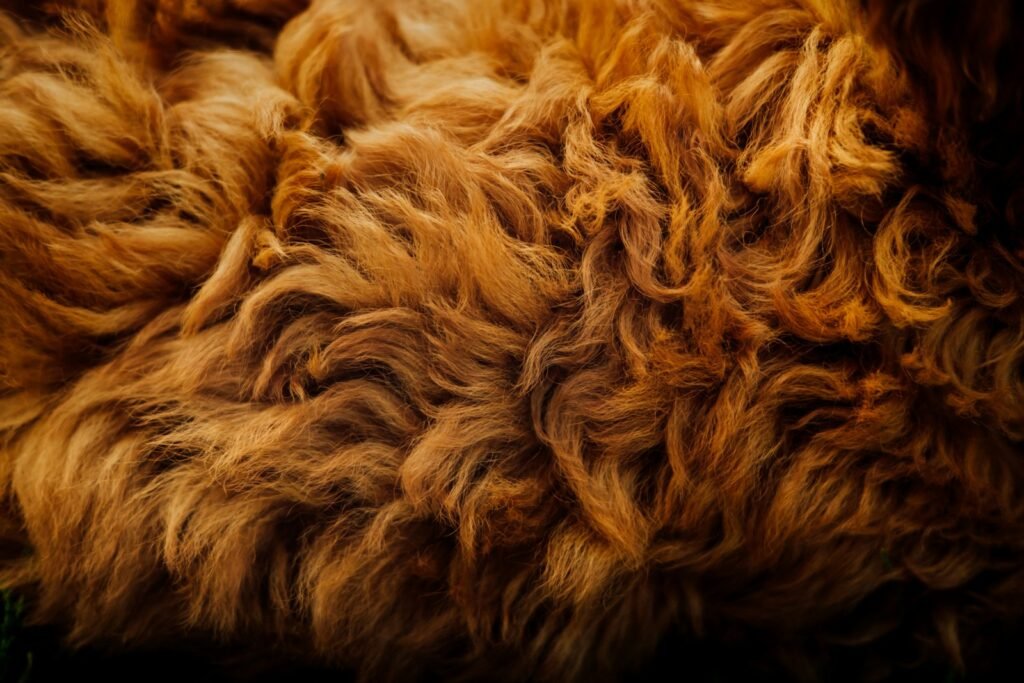
Key Elements of Native American Beliefs
The pulse of Native American faith thumps with the cadence of the earth, entwining spirituality with nature in a melodic waltz that has echd across time. To delve into their beliefs is to embark on a voyage into a realm where each peak, leaf, and creature carries weight, where life itself is held in reverence.
Within this intricate mosaic of beliefs, animism threads its way through, acknowledging the presence of spirit in every corner. As Chief Luther Standing Bear once pondered, “The ancient Lakota possessed wisdom. They understood that when a man strays from nature, his heart grows calloused.” This profound bond with the natural world isn’t just an ideology but a guiding principle that steers Native Americans towards cherishing and honoring the planet as a pulsating organism.
The Concept of Animism
Perplexingly, Animism stands as a cornerstone in the beliefs of Native Americans, encapsulating the notion that every entity harbors a spiritual essence. From the towering trees to the tiniest pebble, each component of the natural world is thought to possess a distinct spirit. As I immerse myself in the intricate tapestry of Native American customs, I am bewildered by their profound reverence for the interconnectedness of all living beings. Just as Chief Seattle ptically articulated, “Man ds not weave this web of life. He is merely a strand of it. Whatever he ds to the web, he ds to himself.”
In this enigmatic realm of animism, every creature, plant, and even lifeless objects are perceived as infused with a soul or spirit. This all-encompassing perspective nurtures a profound sense of respect and harmony with nature; an ideology that starkly contrasts with prevailing Western views. Traversing in the footsteps of Native American forebears has led me to firsthand encounters with the wisdom found in perceiving the world not as fragmented entities but as an integrated whole. Echoing author and environmentalist Robin Wall Kimmerer’s eloquence: “In indigenous ways of knowing, we grasp something only when we comprehend it through all four aspects of our being: mind, body, emotion and spirit.
Sacred Connection to Nature
The Native Americans of the 18th century possessed a mysterious and profound connection with nature that leaves one in a state of wonder. Their perception of the natural world transcended mere physicality; they believed it to be inhabited by spiritual entities and forces deserving of utmost respect and veneration.
In the words of Thomas Jefferson, “The earth is the mother of all people, and all people should have equal rights upon it.” This philosophy was ingrained in the very essence of Native American culture, as they lived in perfect harmony with the land and its myriad inhabitants. They saw themselves as guardians of the earth, entrusted with safeguarding its splendor for future generations. This holistic approach engendered a deep reverence for the interconnectedness of all life forms, a notion that continues to intrigue us to this day.
Role of Shamans and Medicine Men
Shrouded in mystery and awe, shamans and medicine men have been revered for centuries by Native American cultures. Their enigmatic connection to the spiritual realm and their unparalleled ability to mend both body and soul sets them apart as esteemed figures within their communities.
In the poignant words of Black Elk, a renowned Oglala Lakota medicine man, “The first peace, the most vital of all, is that which arises from deep within the souls of individuals when they come to understand their interconnection, their unity with the cosmos and its myriad powers. When they grasp that at the heart of existence resides Wakan-Tanka, the Great Spirit – realizing that this core permeates all things and dwells within each of us.” This profound belief underscores the pivotal role played by shamans and medicine men in shepherding their people towards spiritual equilibrium and wellness. Through intricate rituals, sacred ceremonies, and timeless wisdom, they serve as conduits for individuals seeking solace in a world teeming with complexities and uncertainties.
Importance of Vision Quests
Vision quests, a cornerstone of Native American traditions for centuries, offer individuals a profound spiritual journey filled with guidance, purpose, and connection to the world around them. As an avid student of history, I am constantly captivated by the significance and impact these quests have had on the lives of Native Americans. Chief Seattle’s words echo in my mind, “All things share the same breath – the beast, the tree, the man…the air shares its spirit with all life it supports.” This deep interconnectedness permeates vision quests as individuals venture into solitude to commune with nature and spirituality.
In my studies of 18th-century US history, I have stumbled upon tales of vision quests that have altered destinies of tribes and individuals alike. The vision quest is not merely a solitary journey into the unknown; it is an opportunity for introspection and revelation beyond comprehension. Black Elk’s words resonate deeply within me as he recounted his own vision quest experience: “Everything done by the Power of the World is in a circle…my vision quest revealed that all things are intertwined in this grand circle of life.” This profound understanding underscores how vital unity with nature and spirituality is in these transformative journeys.
Traditional Ceremonies and Rituals
The enigmatic and explosive nature of traditional ceremonies and rituals in Native American culture transcends mere performance, delving deep into the intricate tapestry of beliefs that bind individuals to their ancestors, the natural world, and ethereal forces beyond comprehension.
These gatherings serve as a conduit for communing with spirits, seeking wisdom, and reveling in the interconnectedness shared among all living entities. Each ritual unfolds like a spontaneous burst of song, dance, and prayer a fluid fusion of ancient customs with the ever-evolving present moment.
As Jesse Cornplanter eloquently expressed, “The ceremonies exist not only to instruct but also to illuminate our path forward. They are an expression of gratitude for life’s blessings and a plea for divine guidance on our journey ahead.”
Spiritual Symbols and Totems
Symbols and totems are like enigmatic portals into the mystical realm of Native American culture, where spiritual truths intertwine with the natural world in a dance of cryptic significance. These ancient emblems hold within them a deep wellspring of ancestral wisdom, whispering tales of bygone eras and profound connections that transcend time and space. As one delves into the labyrinthine depths of Native American symbolism, they are met with a kaleidoscope of enigmatic messages and esoteric meanings that challenge preconceived notions and ignite a thirst for understanding.
The intricate tapestry woven by symbols and totems in Native American traditions is as diverse as it is mesmerizing, each tribe painting their own unique narrative onto the canvas of history. Just as Mark Twain astutely observed the power of attire in shaping societal influence, so too do these symbols clothe the spirit of Native American beliefs in a garb of visual mystique. To explore this ethereal landscape is to embark on a journey through time-honored rituals and sacred practices that speak volumes without uttering a single word.
In unraveling the layers of spiritual symbols and totems, one peels back the veil on an ancient cosmic dance that binds humanity to nature in an eternal embrace. Each symbol, like a star in the night sky, shines with its own brilliance yet contributes to the greater constellation of cultural richness and interconnectedness with all creation. Through this lens, we come to see not just mere decorations but keys unlocking doors to realms unseen where stories unfold like petals blooming under an unfathomable moonlit sky.
The Influence of Ancestors
In the intricate web of Native American beliefs, ancestors occupy a profound and enigmatic position, their influence threading through time with bursts of sagacity and direction. Their ethereal presence swirls in the air, murmuring tales of resilience and legacy to those attuned to listen. As Chief Sitting Bull eloquently put it, “Behold, my companions, spring has arrived; the earth joyfully embraces the sun’s warmth, promising a harvest born from their affection!”
Around the crackling flames of the campfire, elders recount stories of bygone hers, bequeathing traditional wisdom and principles like treasured artifacts. The silhouette of ancestors looms large across the horizon, etching onto living hearts a profound respect for history. In contemplation of future generations unseen, Louise Erdrich poignantly muses,” How can we gaze upon our offspring with joy once more when their descendants remain but figments in our minds?”


